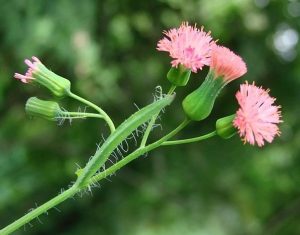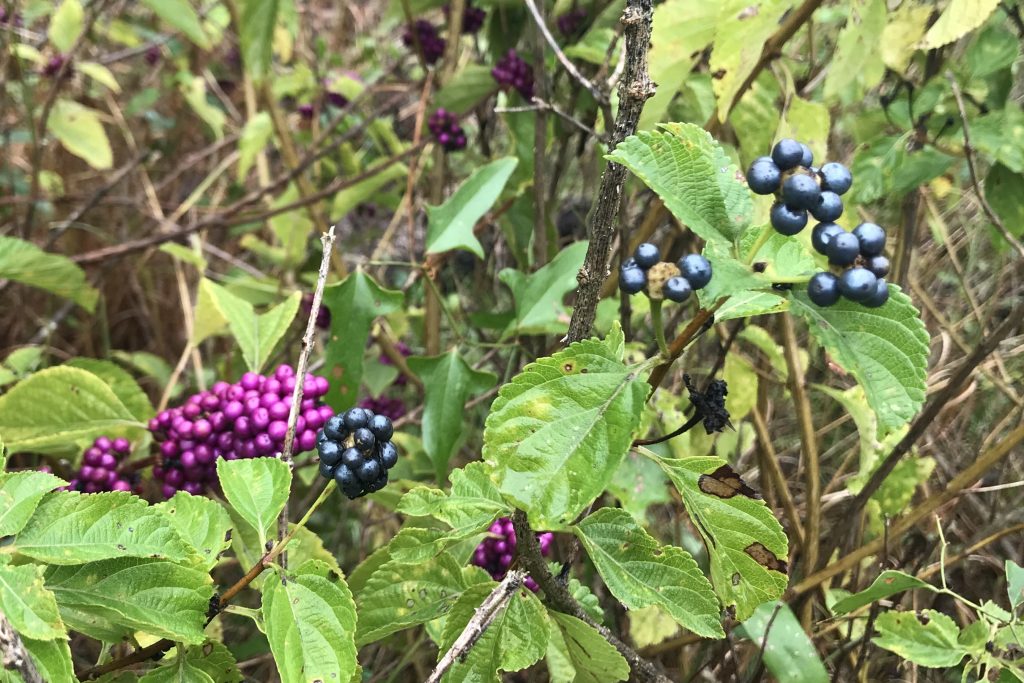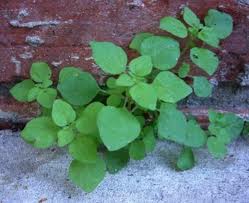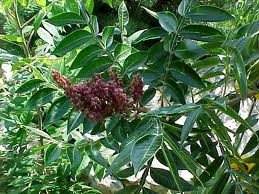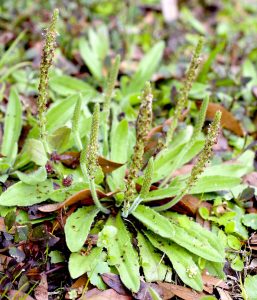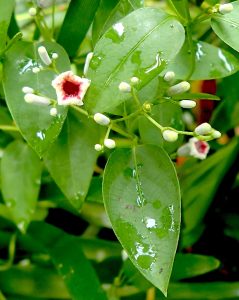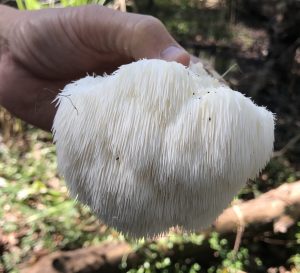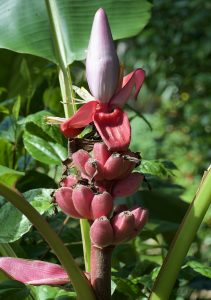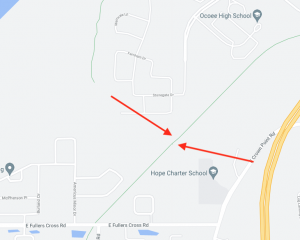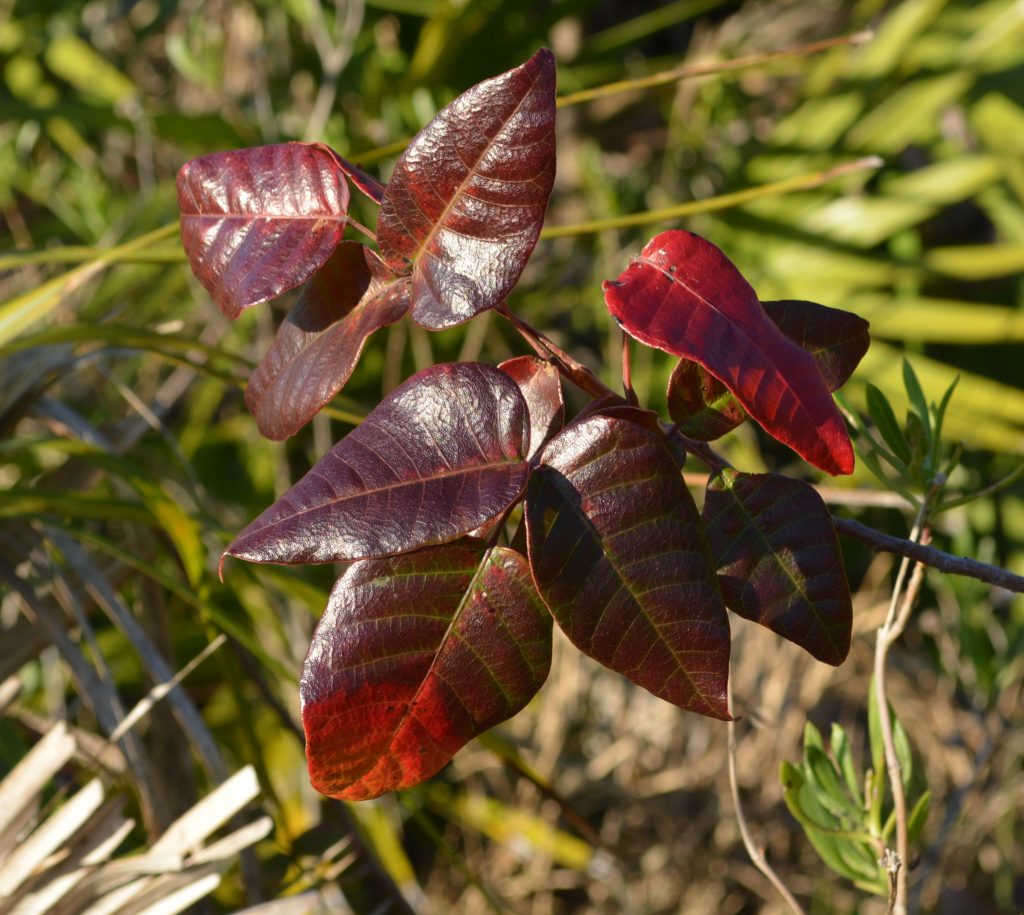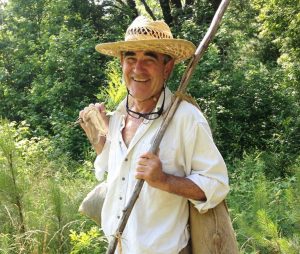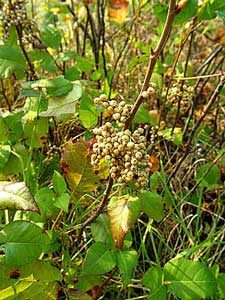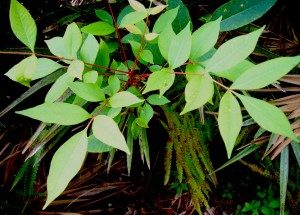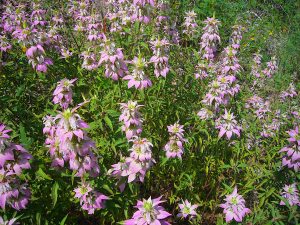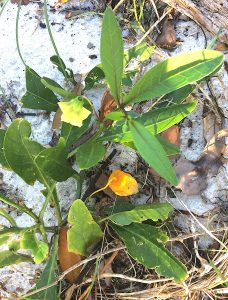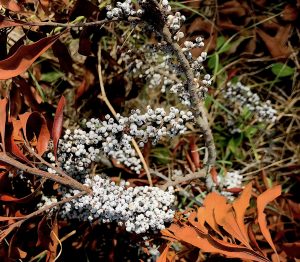Sumac, Rhus Juice, Quallah: Good Drink
Sumacs look edible and toxic at the same time, and with good reason: They’re in a family that has plants we eat and plants that can make you ill.
Sumac, poison ivy, Brazilian pepper, cashews, mangoes and pistachios are all related. Poison ivy, of course, is a problem. The Brazilian pepper is on the cusp of toxic/non-toxic. Some people mistakenly call the seeds “pink peppercorns” but true “pink peppercorns” come from a Madagascar relative, not the Brazilian Pepper found in the New World. Cashews have a poisonous shell. Pistachios taste good. Many people are allergic to mango and or the peeling. Often they will also be allergic to other plants in the family as well as sumac or the sap of the sumac. Proceed accordingly.
There are some 250 sumac species in the genus. All the berries of the red sumacs are edible. I know the ones I’ve encountered in Maine and Florida are edible. Acid on hairs on the berries is used to make an ade. The berries themselves can be used to make a spice, sometimes a tea. Sumacs are found throughout the world, with many species in North America. You’ll find them across all of the United States and Canada except for the far north. Sumacs are a shrub or small tree that can reach from four to 35 feet. The leaves are arranged in a spiral and the flowers are dense spikes, an inch to four inches long, on the end of branches called terminal clusters. The fruits are technically drupes and collectively are called “bobs.”
Sumac species tend to be regional. However, one species, Rhus glabra, (Roos GLAY-bra) the “smooth sumac” is found in all contiguous 48 states. The Indians used the shoots of the Rhus glabra in “salads” though many ethonobotanists say the natives never really made “salads” as we know the term. In the northeast the staghorn sumac (Rhus typhina, synonym: Rhus hirta) predominates. It’s the largest of the sumacs and the one with the least tart berries. In Florida the predominant sumac is Rhus copallina, also known the shining sumac, the winged sumac, dwarf sumac, flame leaf sumac and the mountain sumac (curious as there are no mountains in Florida.) The multitude of common names is why botanical names are important. Rhus is what the Greeks called the sumac and it has come to mean red. Copallina (rhymes with Carolina) means gummy or resinous, referring to the sap which turns black when exposed to air and has been used for varnish, particularly in Japan.
Rhus copallina is an attractive bush that turns flaming red in the fall before losing its leaves. Flowers are yellow and green and small, in clusters at the end of branches. Fruits are BB/pea-sized berries with hairs and are covered with malic acid, which is what makes grapes and apples tart. Inside the berry is one seed. You know the berries are ripe with they give a tart taste. (Touch your finger to a berry then your finger to your tongue to test, but not right after a rain, which washes off the malic acid. )
Soaking the unwashed berries in faucet-hot water releases the acid to make a drink, after being filtered twice to get rid of little, irritating hairs (through cloth then a coffee filter or the like.) The Cherokee Indians called the juice Quallah. The seeds of the sumac have tannic acid in them. Putting the berries in boiling will release the tannic acid. It can make a tea but it can quickly become too bitter to drink. To make an ade, use one to two cup of berries per quart of water. I prefer two cups and less water. The “bobs” of berries can be cut off and dried for later use.
Externally cleaned seeds, when ground, add a lemon-like flavor to salads or meat and is used often in Levant cuisine. They make a purple-colored spice, which is very handy where there are no lemons. Native Americans also mixed the leaves and berries of the smooth and staghorn sumac to extend their tobacco. The leaves of many sumacs yield tannin and leather tanned with sumac is flexible, lightweight, and light in color. Oddly, dried sumac wood is fluorescent under long-wave Ultra Violet Light
The fruit of staghorn sumac is one of the most identifiable forming dense conical clusters of small red drupes at the terminal end of the branches. I can remember them growing all over southern Maine and to this day can still go to a stand of them where we used to play. I can remember marveling at their shape. Sumacs flowers from May to July and fruit can ripen from June to September. The fruit often lasts through winter and into spring. While many birds eat sumac berries apparently they are not a preferred fruit in that they are amongst the last to be eaten after a long winter. Deer nibble on the branches, as do people, kind of.
There is another edible part to the sumac: Young shoots, peeled. First year shoots off old stumps are the best, but the spring-time tips of old branches are also edible but not as good. Look at the end of a shoot after you break it off. If you see pith, which is an off-white core, it is too old. Break off that part then look again. You want a shoot stem that is all green inside. Then strip off the leaves and peel the shoot. You can eat it raw or cooked. They very purfume-ish and slightly astringent.
As for other uses of the sumac some landscapers remove all but the top branches to create a “crown” effect making it resemble a small palm tree. All parts of the stag horn sumac, except the roots, can be used as both a natural dye and as a mordant. The seeds have an oil that can be made into candle wax. Even the sap of the poisonous white sumac makes a black varnish.
Yes, there is one poisonous sumac but you probably won’t ever see it and it really doesn’t look like the rest of the sumacs. It resembles an alder, has white berries that grow out of leaf axils and prefers to live deep in swamps, meaning you will have to wade to find it. That might be an exaggeration but it likes to be in wet spots. In my many years of foraging I have seen it in two places. You should avoid it though because it is like poison ivy on steroids. It is the most toxic contact plant in North America. And without going into a long story I did get poison sumac once.
So, to get that straight: The edible sumacs have red berries in cone-shaped clusters at the end of main branches. They have skinny leaves and like dry ground. The poisonous sumac has roundish leaves, pointy on the end, has white fruit that grows out from where a leaf meets the stem, and grows only in very wet places.
Now that you know about the poisonous white sumac, also avoid when looking for sumac the Brazilian Pepper which to the unfamiliar eye can look similar in growth pattern to the regular sumac. The edible sumac has terminal clusters of garnet, purse-shaped berries with a fine coating of fuzz (often gray.) The leaves are skinny, lance shaped. The Brazilian Pepper has long ovalish leaves and clusters of bright pink/red smooth, hairless berries growing off stems.
My video on sumacs is here.
The following three recipes are from fellow foragers Dick Deuerling and Peggy Lantz and their book “Florida’s Incredible Wild Edibles.”
Sumac Jelly: Take prepared juice and use the Sure-Jell recipe for elderberry jelly, 3 cups juice to 4.5 cups of sugar. Leave out the lemon juice.
Sumac Jello: Mix the prepared juice with unflavored gelatin per instruction on package.
Sumac Rubber Candy: Take on cup of sweetened juice, add two envelopes of gelatin, mix. Pour into an 8×8 or 8×10 inch baking pan and refrigerate for an hour or more. Cut and serve. Dick credits that recipe to his wife, long involved with the Girl Scouts as Dick was with the Boy Scouts.
Green Deane’s “Itemized” Plant Profile: Sumac
IDENTIFICATION: Rhus copallina: Shrub, or small tree in Florida, leaves large, divided into 11-23 leaflets, midrib has thin “wings.” Twigs and leafstalks velvety, round, with raised dots. Fruits, red, short and hairy.
TIME OF YEAR: In Florida flowers summer to fall, fruits summer to fall, fruits in fall in northern climes.
ENVIRONMENT: Sunny to shady dry areas, often found on banks.
METHOD OF PREPARATION: Ripe berries soaked in warm water, filtered then sweetened into an ade. Sometimes the ade will be clear, other times light pink. A drop or two of food coloring can make it any color you want. Whole berries can be made into a tea but the hot water can make the tea very bitter very fast so proceed carefully. Peeled shoots, raw or cooked.

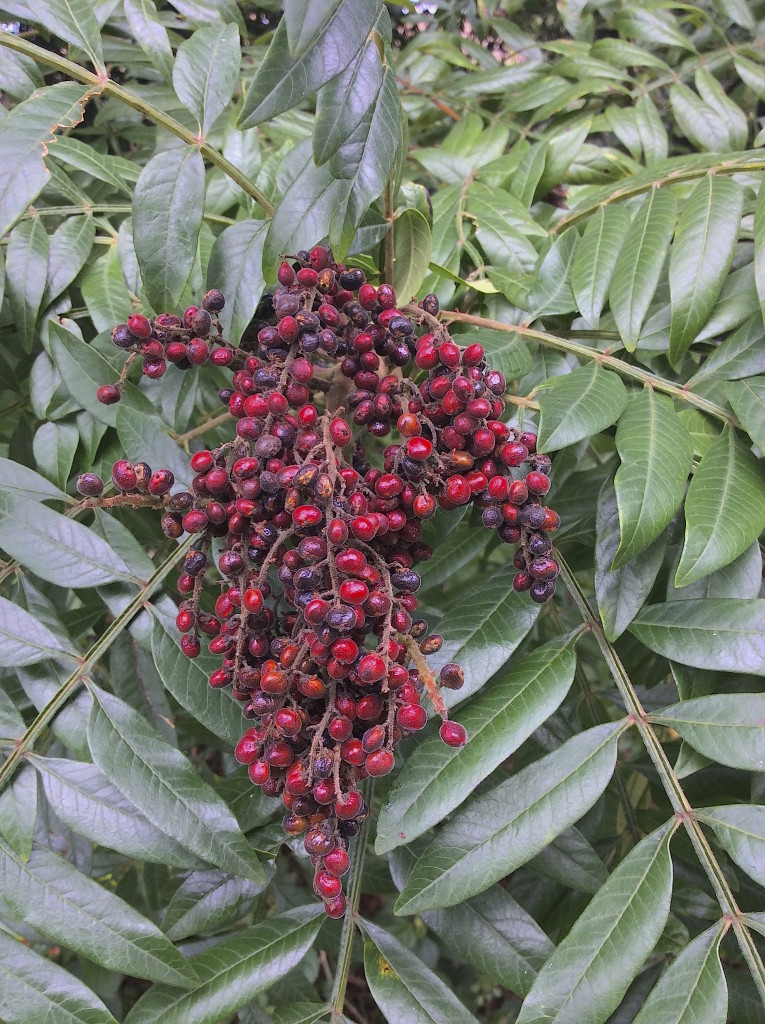
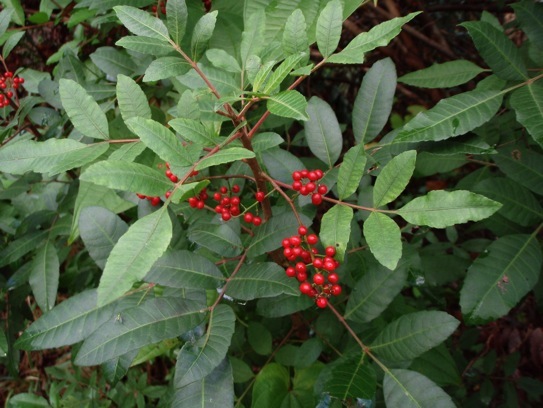
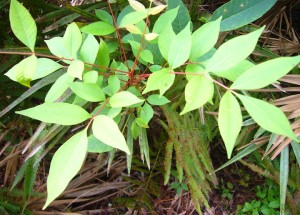
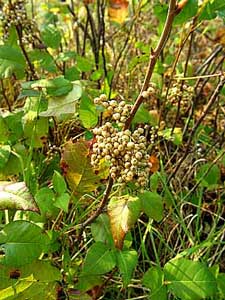
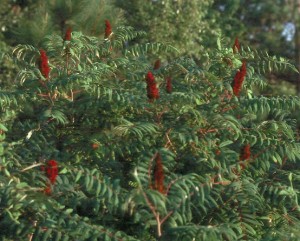
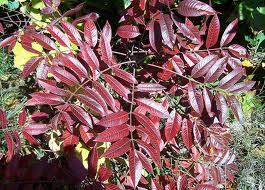
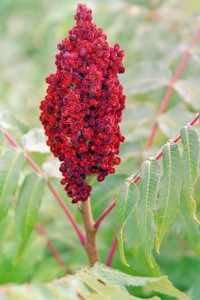
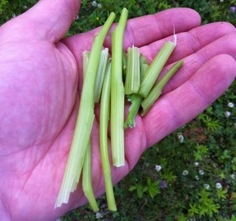
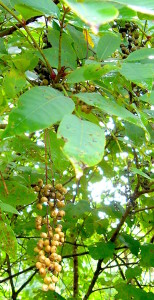
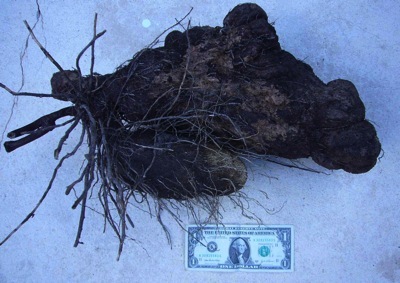
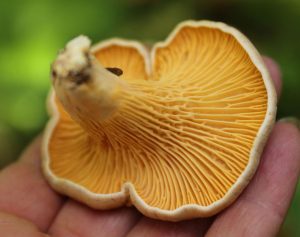
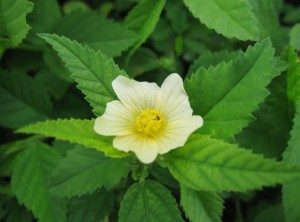
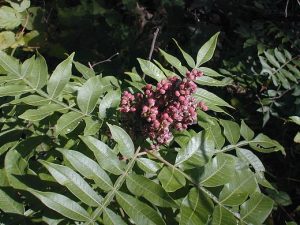
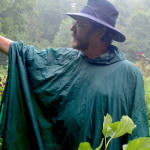
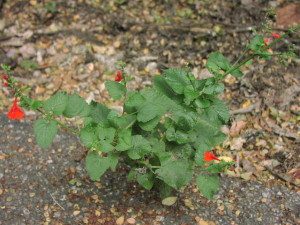
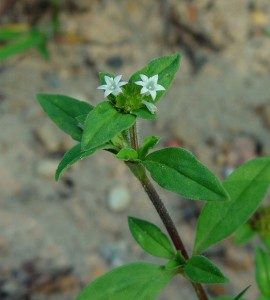


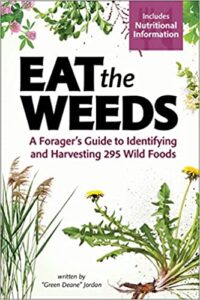 Now being printed is EatTheWeeds, the book. It should have 275 plants, 350-plus pages, index and color photos. Several hundred have been preordered on
Now being printed is EatTheWeeds, the book. It should have 275 plants, 350-plus pages, index and color photos. Several hundred have been preordered on 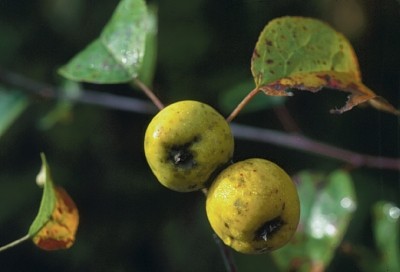
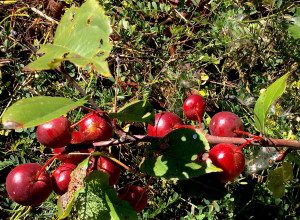
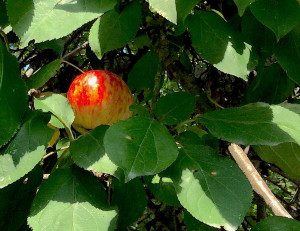
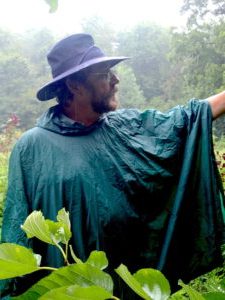
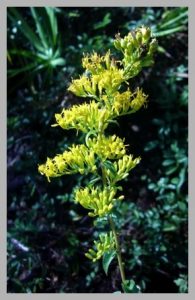
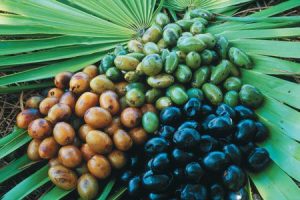
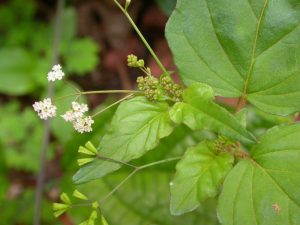
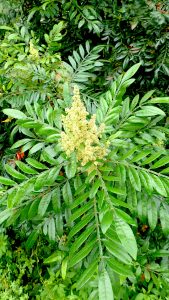

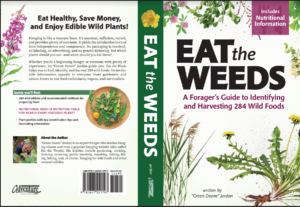 is EatTheWeeds, the book. It should have 275 plants, 350-plus pages, index and color photos. Several hundred have been preordered on
is EatTheWeeds, the book. It should have 275 plants, 350-plus pages, index and color photos. Several hundred have been preordered on 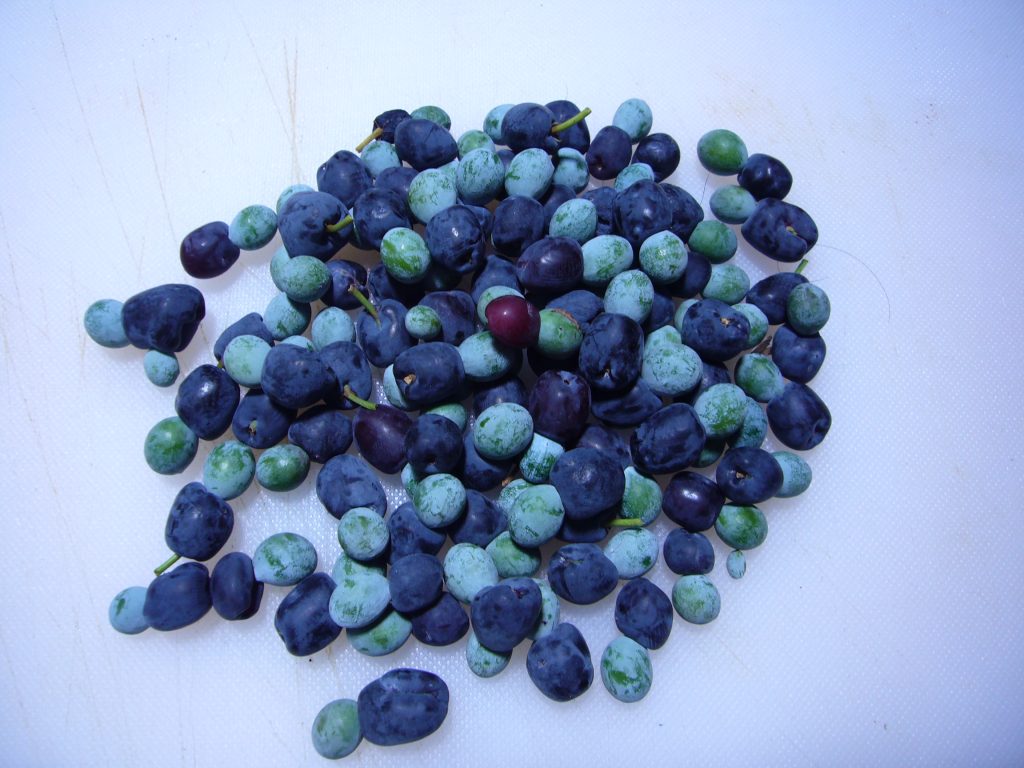
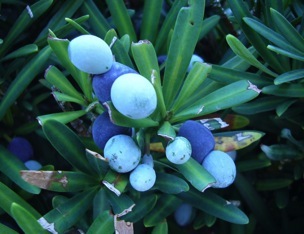
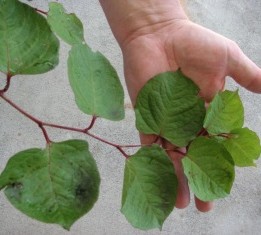
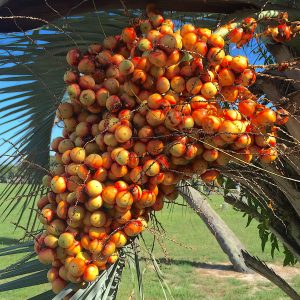
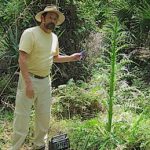
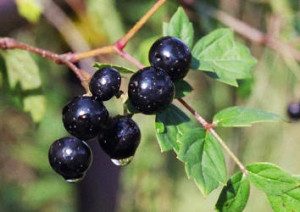
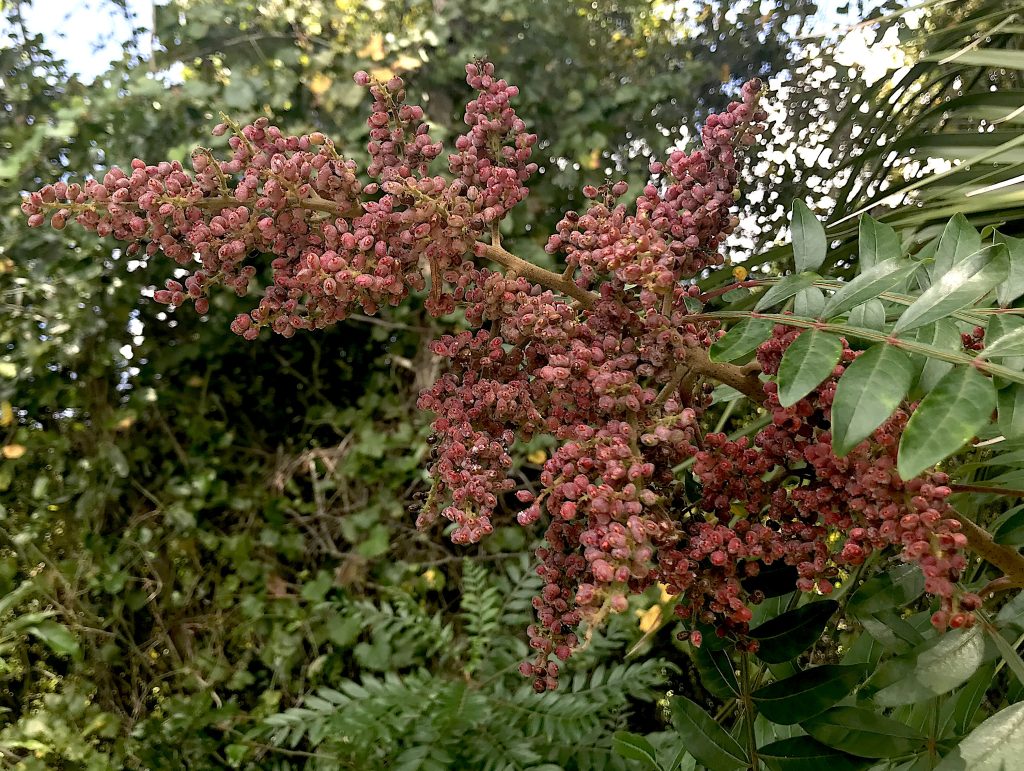
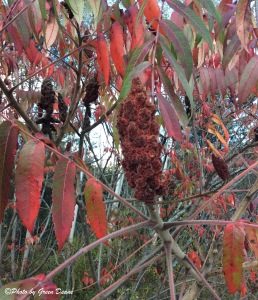
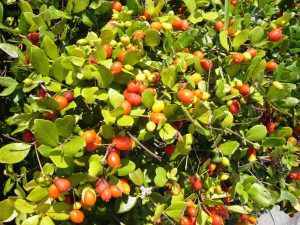
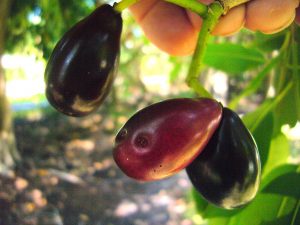
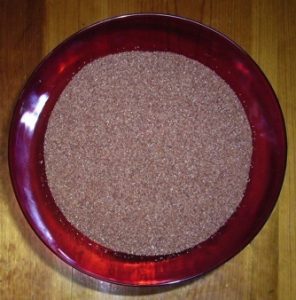
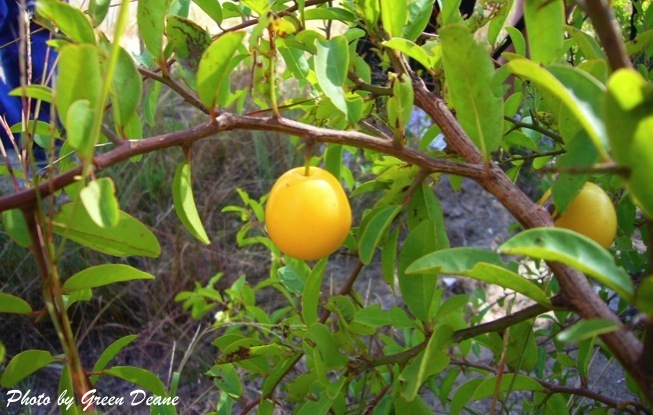
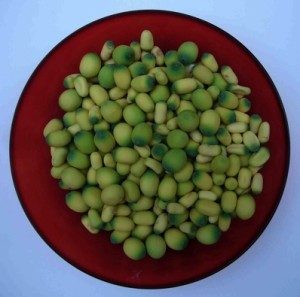
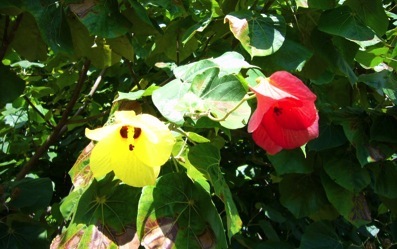
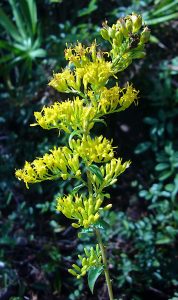
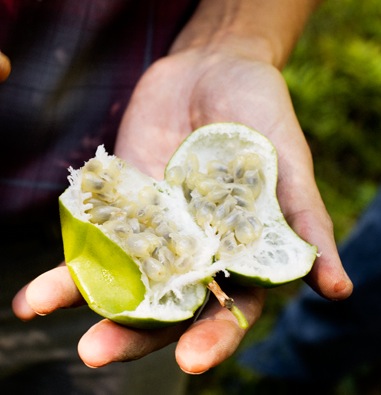
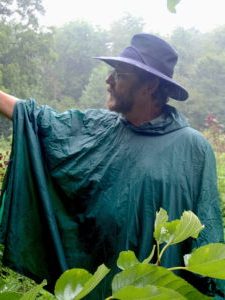
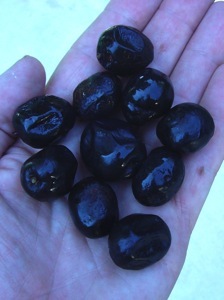
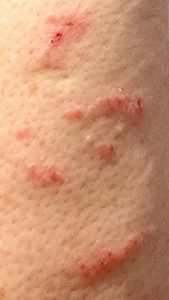
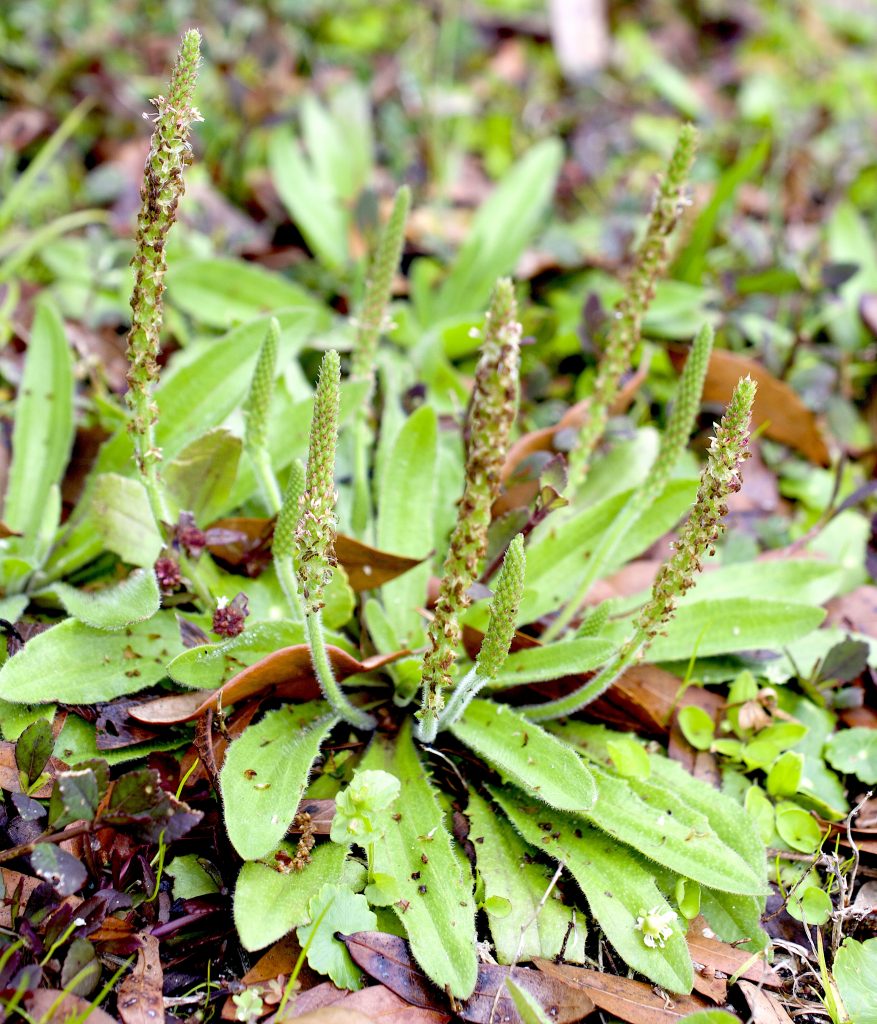
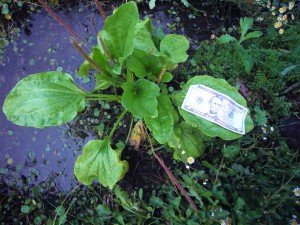
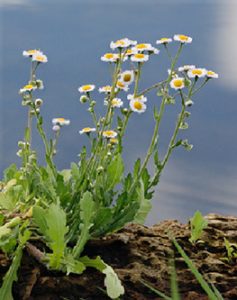
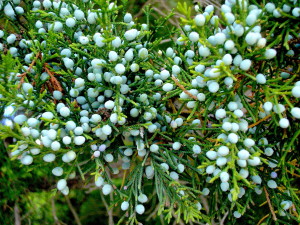
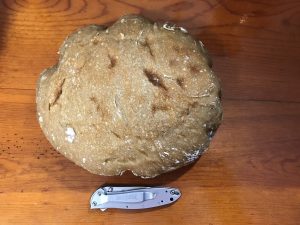
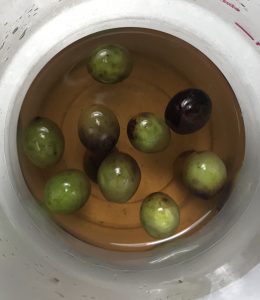

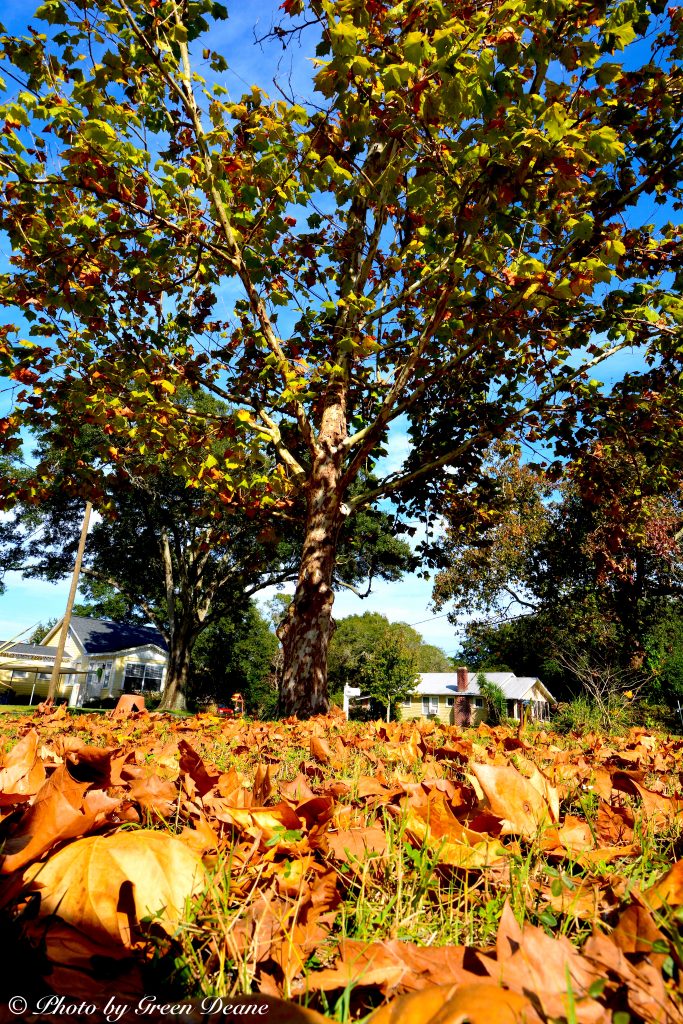

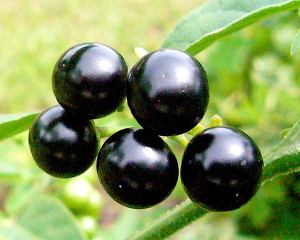
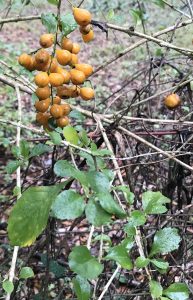
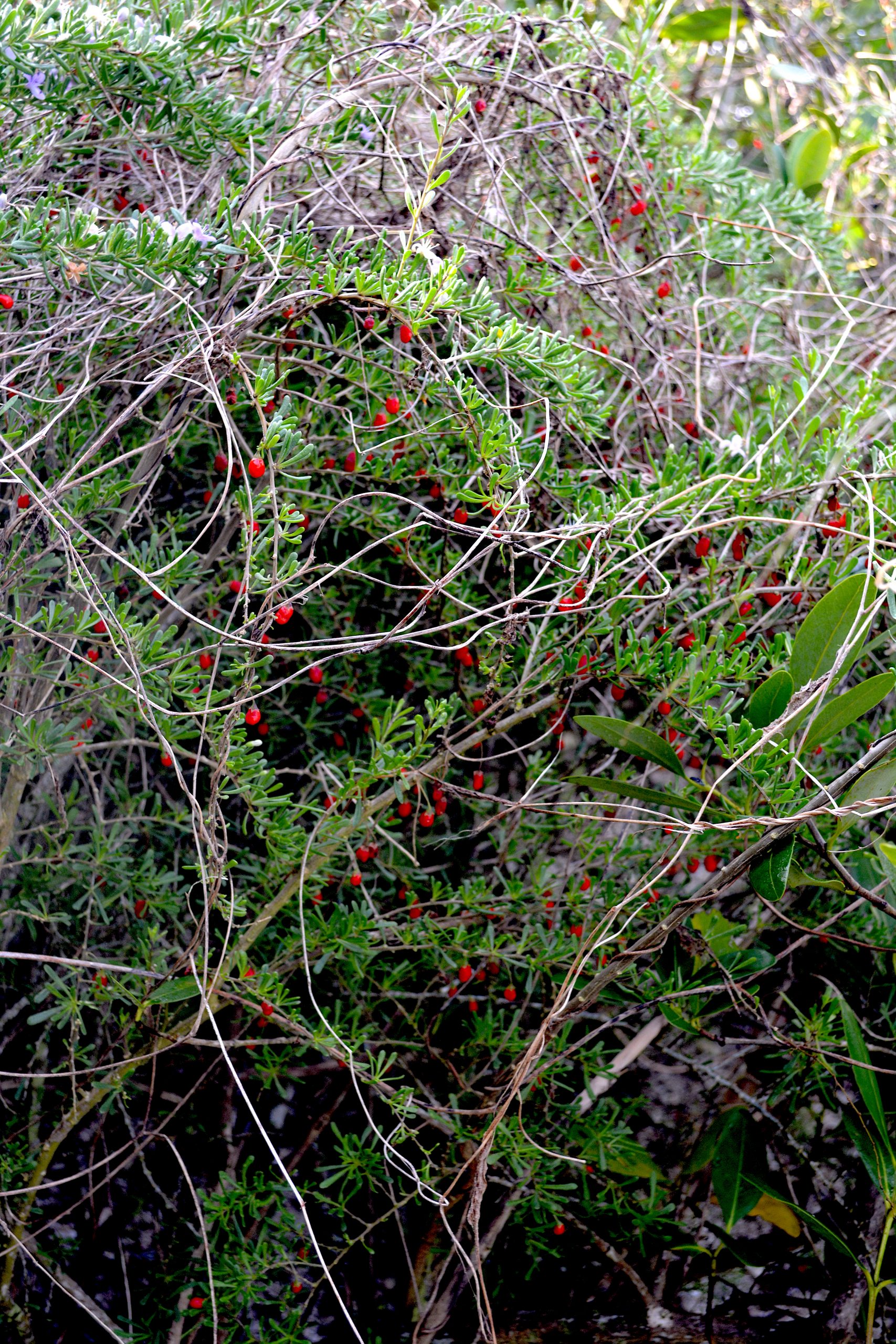
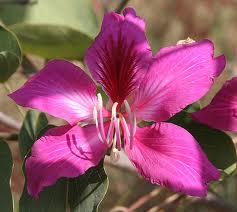
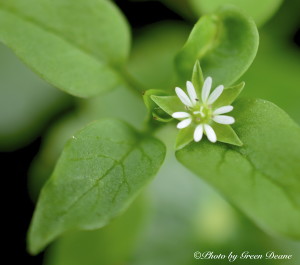
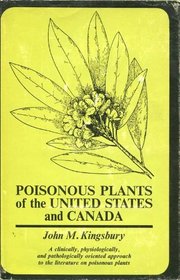 Is that theoretically possible? Yes. You’d have to eat 85 grams of apples seeds, about three ounces, or about 114 seeds, all at one time, all thoroughly chewed. That could, in theory, deliver a fatal dose of cyanide. That’s for a 150 pound person, a larger person could tolerate more, a child much less. Probably children should not eat any apple seeds. The way cyanide works is rather fascinating. It attaches to our red blood cells better than oxygen. So instead of oxygen being delivered throughout the body for mitochondrial use cyanide is. We essentially stop making energy. But what about the guy who ate the cup of seeds? There’s bit of a problem with that.
Is that theoretically possible? Yes. You’d have to eat 85 grams of apples seeds, about three ounces, or about 114 seeds, all at one time, all thoroughly chewed. That could, in theory, deliver a fatal dose of cyanide. That’s for a 150 pound person, a larger person could tolerate more, a child much less. Probably children should not eat any apple seeds. The way cyanide works is rather fascinating. It attaches to our red blood cells better than oxygen. So instead of oxygen being delivered throughout the body for mitochondrial use cyanide is. We essentially stop making energy. But what about the guy who ate the cup of seeds? There’s bit of a problem with that. 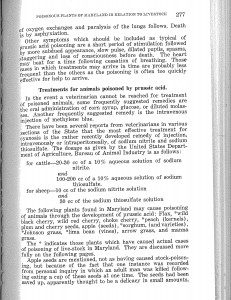 Kingsbury’s inclusion of the incident in his book gave the story legitimacy and it has been quoted extensively ever since by professionals and amateurs alike. But from a traditional journalistic point of view the story is full of what we called in the newsroom “holes.” Who ate the seeds, when, and where? Basic facts that add credibility. Professor that he was Kingsbury included where he got the story from in footnote 1335. That footnote reads: Reynard, G.B., and J.B.S. Norton in Poisonous Plants of Maryland in Relationship to Livestock. Maryland Agricultural Experimental Station, Technical Bulletin. A10, 1942. 312 pp.
Kingsbury’s inclusion of the incident in his book gave the story legitimacy and it has been quoted extensively ever since by professionals and amateurs alike. But from a traditional journalistic point of view the story is full of what we called in the newsroom “holes.” Who ate the seeds, when, and where? Basic facts that add credibility. Professor that he was Kingsbury included where he got the story from in footnote 1335. That footnote reads: Reynard, G.B., and J.B.S. Norton in Poisonous Plants of Maryland in Relationship to Livestock. Maryland Agricultural Experimental Station, Technical Bulletin. A10, 1942. 312 pp. 